The ECP series ER Probe for Corrosion Monitoring is a precision instrument engineered to monitor and evaluate corrosion levels within industrial systems. It functions by detecting changes in electrical resistance of its sensors when exposed to corrosive conditions, making it an indispensable tool for early corrosion detection. This is crucial for preventing equipment failure and ensuring safe production processes. With a capability to handle pressures up to 26 MPa, the probe is versatile for a wide array of industrial uses.
Order Information
Access Fitting Body
| Model | ||||||
| EMT-CIPA | Access Fitting Body of ER Probe for Corrosion Monitoring | |||||
| – The material of Access Fitting Body | ||||||
| 0 | CS | |||||
| 1 | 316SS | |||||
| 2 | 316LSS | |||||
| 3 | DUPLEX SS | |||||
| The Type of Access Fitting Body | ||||||
| B | 2″Welded(suffix “pressure rating” can be added to B) | |||||
| F | 2″ANSI Flange(suffix “pressure rating & sealing type” can be added to F) | |||||
| -Tee Size- pressure rating & sealing type if flanged end | ||||||
| 0 | No Tee | |||||
| 1 | 1/4″NPT(F)Tee | |||||
| 2 | 1/2″NPT(F)Tee | |||||
| 3 | 3/4″NPT(F)Tee | |||||
| 4 | 1″NPT(F)Tee | |||||
| 5 | Hole for 1/4″SWN Flange | |||||
| 6 | Hole for 1/2″SWN Flange | |||||
| 7 | Hole for 3/4″SWN Flange | |||||
| 8 | Hole for 1″SWN Flange | |||||
| -Protective Cover Type/ Material | ||||||
| 0 | No Protective Cover | Material | ||||
| 1 | Without hole | CS or 0 | ||||
| 2 | With hole | SS or 1 | ||||
| 3 | Bleed Valve | DSS or 3 | ||||
| 4 | Bleed Valve, & Pressure Gauge | |||||
| For Example:EMT-CIPA-0F600#RF-0-2/CS shows 2″ANSI 600#RF Flange Access Fitting Body in CS, no Tee, Protective Cover in CS with hole 0F600#RF: 0F_ Access Fitting Body is Flanged in CS , 600#RF _Size is 2″ANSI 600#RF , 0:No Tee 2: Protective cover with 1/2NPT(F) hole CS: Protective cover material in CS | ||||||
Cylindrical Electrical Resistance Corrosion Probe
| Model | |||||||||||
| EP100 | Cylindrical Electrical Resistance Corrosion Probe | ||||||||||
| -Code | Body Material | ||||||||||
| -B | 1 | 316 SS | |||||||||
| 2 | 316L SS | ||||||||||
| 3 | DUPLEX SS | ||||||||||
| 4 | INCONEL | ||||||||||
| -Code | Connector Type | ||||||||||
| -C | 1 | Standard connector | |||||||||
| 2 | Meet user requirements connector | ||||||||||
| -Code | ER Element Useful Thickness Options | ||||||||||
| -T | 10 | 10 mil thickness (5 mil useful probe life) | |||||||||
| 20 | 20 mil thickness (10 mil useful probe life) | ||||||||||
| 50 | 50 mil thickness (25 mil useful probe life) | ||||||||||
| Code | ER Probe Shield Options | ||||||||||
| -S | 0 | No shield DUPLEX SS INCONEL | |||||||||
| 1 | Standard shield | ||||||||||
| 2 | Hi-velocity shield | ||||||||||
| Code | Element Alloy Material | ||||||||||
| -xxx | Code | Probe Characteristic Length | |||||||||
| -xxx | mm | ||||||||||
| For Example:EP100-B1-C1-T20-S0-A105-358 EP100 : Cylindrical Electrical Resistance Corrosion Probe B1: Body Material is 316SS C1: Connector Type: Standard connector T20: ER Element is 20 mil thickness (10 mil useful probe life) S0: No shield A105: Element Alloy Material is A105 358:Probe length is 358mm | |||||||||||
Design and Components of the ECP Series ER Probe for Corrosion Monitoring
Protective Cover:
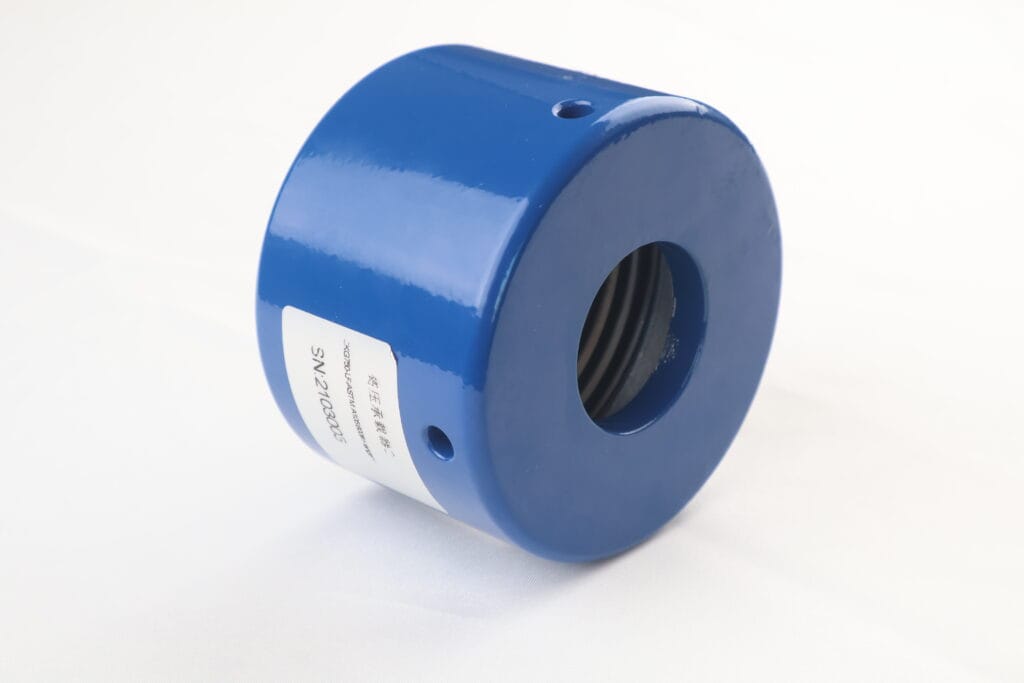
The protective cover is an integral part of the ECP series probe assembly, acting as a shield for the sensitive internal components from environmental contaminants, mechanical impacts, and chemical exposures. Constructed from high-grade materials like 316L stainless steel, the cover is designed to endure the severe conditions typical in industrial environments, thereby preserving the probe’s functional integrity and longevity.
Resistance Probe:

The resistance probe is central to the functionality of the ECP series. It detects resistance changes induced by corrosive processes on the metal surfaces it monitors and is available in two configurations:
- Cylindrical Resistance Probe: Ideal for general-purpose applications, its cylindrical shape ensures uniform exposure to corrosive media, easy installation, and consistent readings.
- Sheet (Needle) Resistance Probe: A thinner, more precise design suitable for narrow or confined spaces, this probe is adept at pinpointing and monitoring localized areas of corrosion for thorough analysis.
Temperature and Pressure Gauge Component:
Incorporated directly into the probe assembly, this component is crucial for measuring the temperature and pressure of the medium in which the probe operates. These factors greatly affect corrosion rates and, consequently, the resistance changes detected by the probe. Monitoring these parameters allows for accurate contextualization of resistance data with environmental conditions, enhancing the reliability of insights derived from the data.
Materials and Construction:
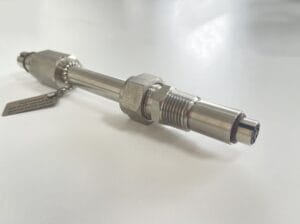
- Metal Materials: The probe and its installation components are constructed from 316L stainless steel and F51 duplex stainless steel, chosen for their superior strength and excellent corrosion resistance.
- Sealing Materials: Teflon and fluororubber are selected for their exceptional sealing capabilities and chemical resistance, ensuring the probe’s integrity is maintained between -20°C to 200°C and under pressures up to 26 MPa.
Installation and Operation:
The electrical resistance probe can be integrated into pipeline systems through welding or flange connections, based on specific needs and infrastructure. The flange option adheres to the ANSI 2″ RF (or RJ) standard and is manufactured from robust materials like carbon steel, 316L stainless steel, or duplex stainless steel, facilitating easier maintenance and inspection.
Functionality and Application:
- Resistance Measurement: The probe contains metallic elements that vary in resistance with changes in their chemical composition and physical structure due to corrosion. Interaction with corrosive substances leads to formation of corrosion products on their surfaces, changing their resistance.
- Signal Processing: The probe is connected to a system that continuously monitors resistance levels, capable of detecting subtle changes that signify early stages of corrosion. Advanced processing techniques differentiate these changes from normal environmental fluctuations.
- Data Interpretation: Algorithms analyze the resistance data to correlate specific values with levels of corrosion, providing accurate assessments of corrosion severity and rate over time.
Application in Various Industries:
The ECP series is utilized in environments where corrosion risks are significant:
- Oil and Gas Pipelines: Monitors sections prone to corrosion, preventing leaks and ruptures.
- Chemical Processing Plants: Allows for continuous monitoring and maintenance planning, averting equipment failures.
- Water Treatment Systems: Ensures system efficiency and water integrity by monitoring tanks and pipes.
- Marine Structures: Monitors degradation in saltwater environments, aiding maintenance planning to prevent structural failures.


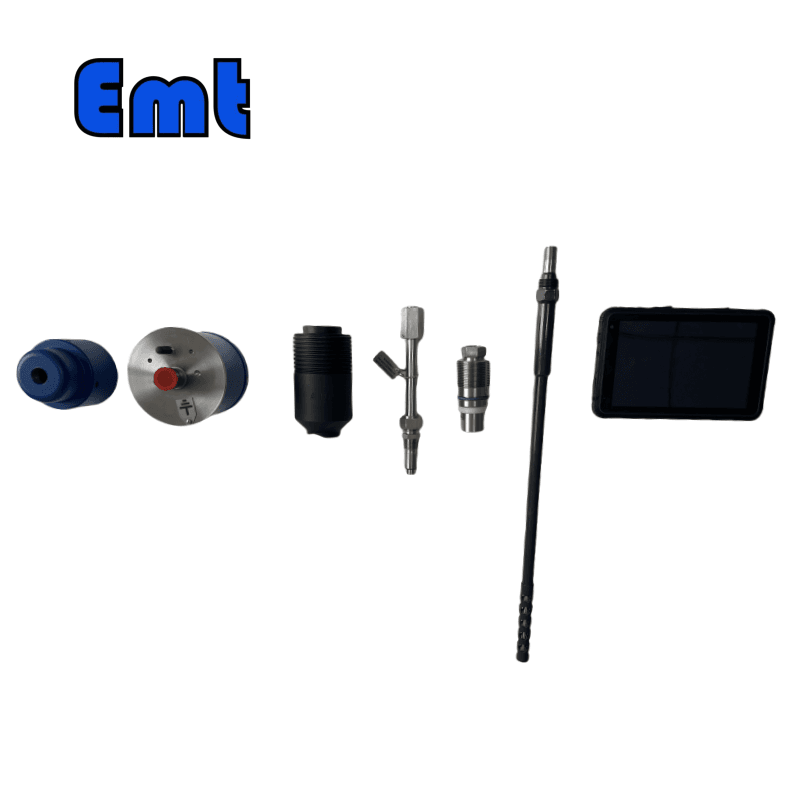
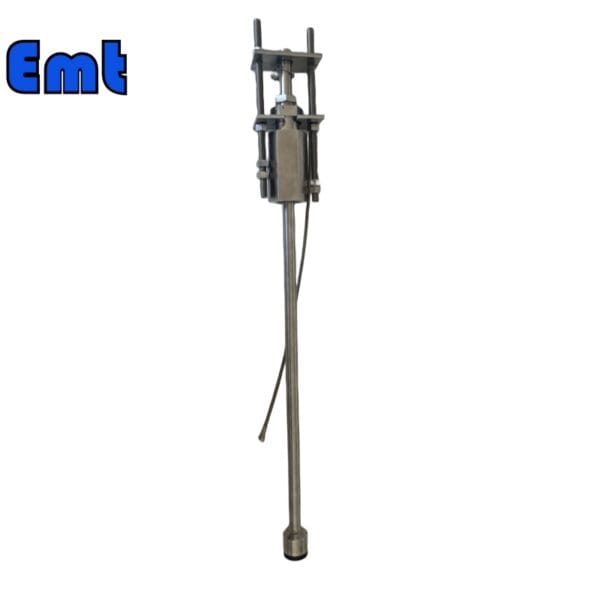
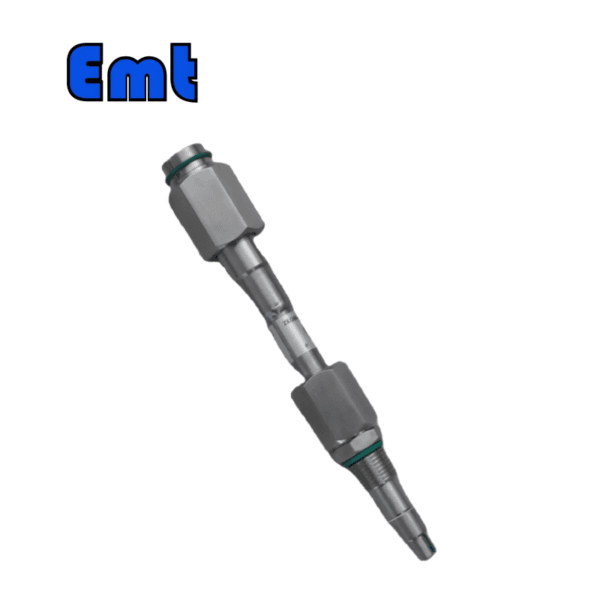
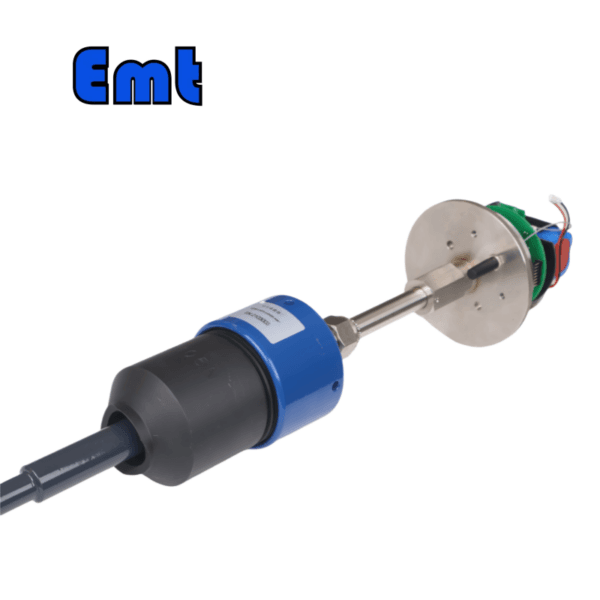

There are no reviews yet.